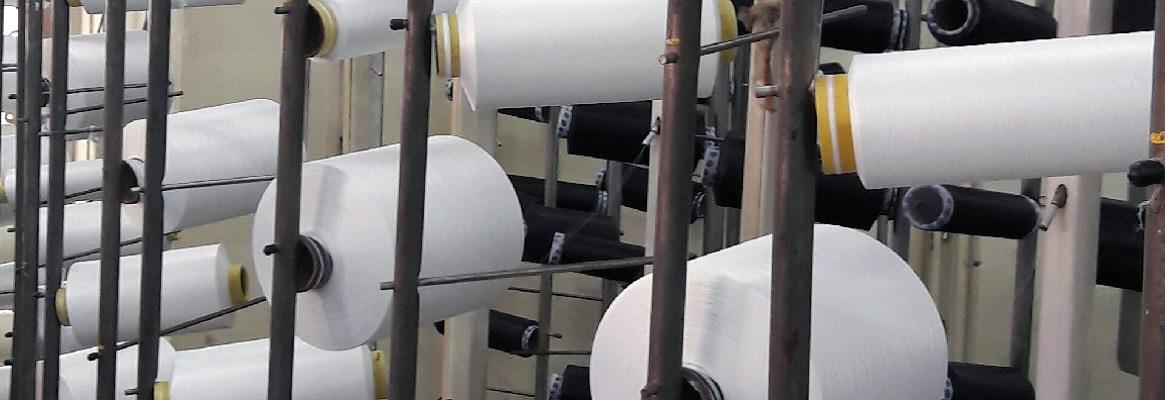The recent corona outbreak has left most MSME’s high and dry, with most not being able to pay up their employees’ salaries. Should the government make it compulsory for businesses to keep aside a sum as ‘Contingency Margin’ or CoMa to prepare against emergency situations?
The Coronavirus has the entire country in a lockdown. Just like other businesses, the high on over-head textile companies too have been shut with uncertainty.
Social media has been abuzz with all kinds of messages from businessmen. Some are fighting for relief, some appealing for some, some cracking jokes, and yet some others just enjoying their home stay. Some have even shown generosity to help others in need.
As an owner of a textile company, I keep wondering about the role businessmen play and the reality checks coming up in the next few weeks for us.
If we employ one person, or a thousand, the first thought that comes to our mind is about the ways and means to cater to our employees at such a difficult time. While most business houses may not say it out loud, they are going to find it difficult to bear the entire burden of salary for the period when there has been no work done. With no sales happening and no money coming in, it is going to pinch, badly. But on the face of it, we do say that we are going to take care of our people.
Ok, for a couple of weeks we may, but what if this scenario of lock down gets extended further? Do we really want to get into litigation on these matters, or do we want our people to get disheartened? How much of a good samaritan are we going to be?
Rental costs (in case our real estate resources are on rent); electricity (at least the fixed charges in cases of high tension connections), interest on term loans and working capital loans, and other similar expenses are also worrisome. We do seek relief from the government at various levels, but how much can we expect?
It all comes down to the management of our working capital. It needs what the banking system calls Capital Adequacy Ratio. The capital adequacy ratio is a measure of a bank's available capital, expressed as a percentage of a bank's credit exposure. It is used to protect depositors and promote the stability and efficiency of the banking system.
I feel the government must introduce a similar system in order to safeguard employees, above others. It means keeping some working capital unutilised. Generally, most business houses go overboard and spend more than they should, in turn keeping their working capital under stress all the time. It is often been so strongly ingrained in our heads that keeping money idle is a sin. And so, compulsorily keeping a margin for contingency situations is the right thing to do and may be necessary.
Financial management books do teach about ratios that can handle this scenario, but they are tough to implement for smaller business houses, especially for those in the MSME segment with limited resources in accounts and finance departments. Hence, an easy to follow system may be more helpful.
If a simple ratio on the lines of capital adequacy ratio is made mandatory, and its filing done alongwith GST returns every month, then any business house going overboard on its employees’ salary risks and other fixed expenses, can be pulled up immediately.
As an illustration, the term may be called ‘Contingency Margin’ or CoMa. It may assume that in a contingency situation like war, natural calamity, disease etc. the company or firm should be able to meet up its fixed expenses like salaries, fixed power, interest on term loan and working capital loan, for at least 3 months. This sum could be liened by the banks for such unforeseen circumstances.
After utilisation of this sum by the firm for the said purposes, either the firm may collapse, or be allowed to forego employees and any other over heads, as per law. It should be considered to have done its best to manage the situation, till the end. Hence the acronym CoMa.
We know that most textile companies are already over burdened with stretched credit lines and may not appreciate such blocking of funds initially. While I totally understand that this would mean increasing the working capital burden of business houses, solutions can be devised to build it up over 12 to 36 months of the beginning of the business or launch of such a programme, and then merely maintaining it regularly.
Business houses may even earn interest on this amount if it is managed through a fixed deposit. If a firm is compelled to maintain this margin, while earning interest through an FD, it may not pinch as much. Once the amount has been raised and saved, one needn’t contribute more unless some factors like expense on salary due to increased number of employees, or loan expenses go up beyond a certain percentage. No doubt, bringing it down accordingly should also be an open option for firms.
If a business house does earn regular interest on this reserve over a few years, in a time of need, one would feel comfortable in utilising it for the good of the people working for them. In turn, it can give a lot of peace of mind, while helping in retaining many jobs comfortably.
Withdrawal from the FD may only be permitted for such contingency situations, or during closure of the business in good times based on set parameters.
Till then, I see the spirit of business and commitment to pay our dues to our employees badly scarred. Even the clean hearted are feeling helpless. We need to think about adopting the CoMa strategy on our own, to the extent possible, without government intervention.















Comments